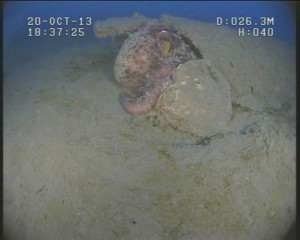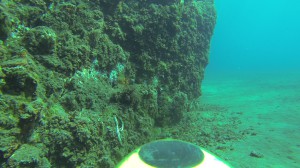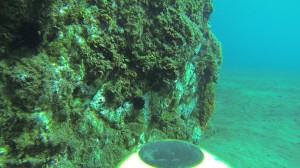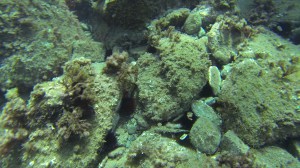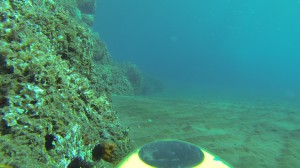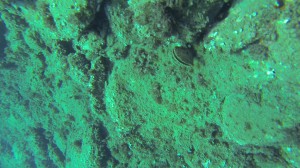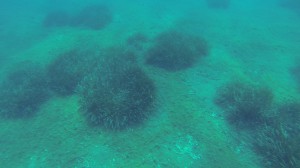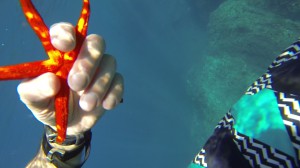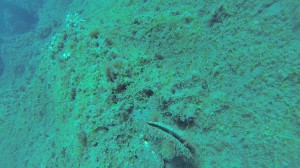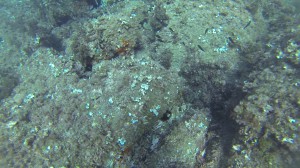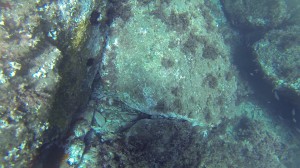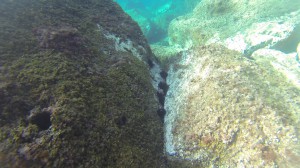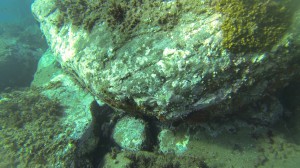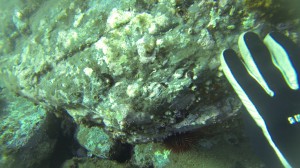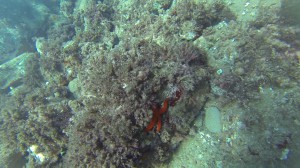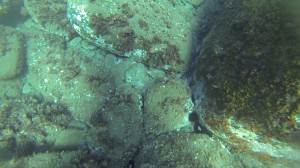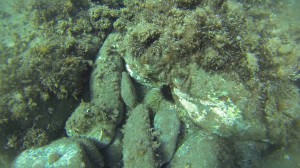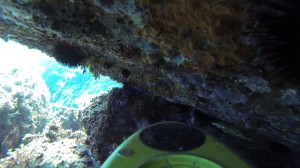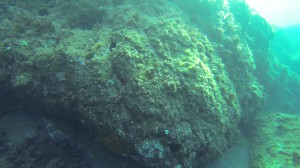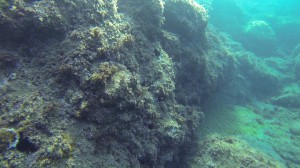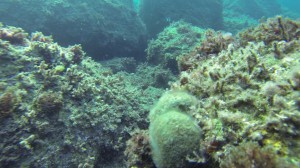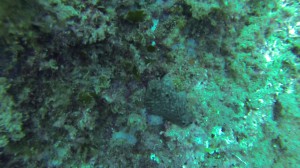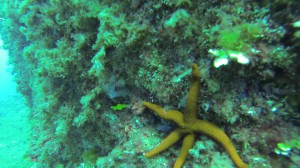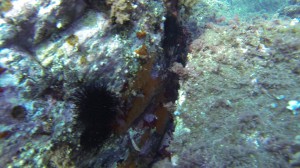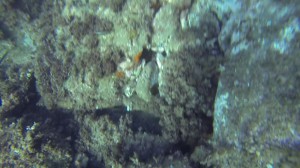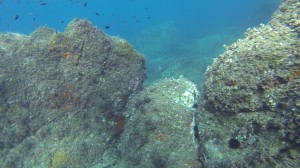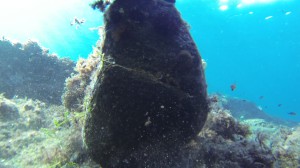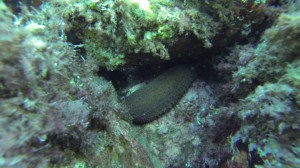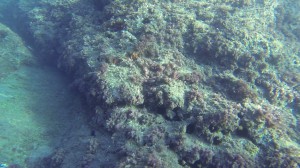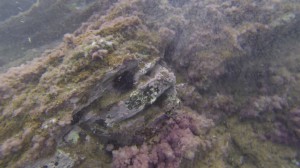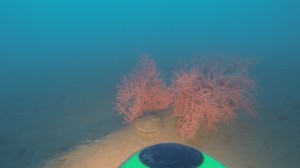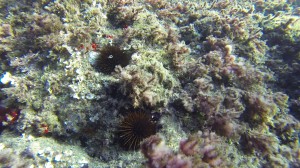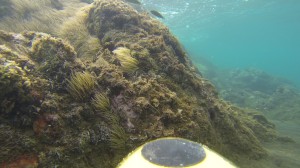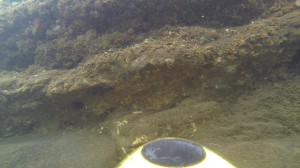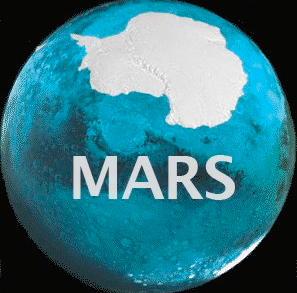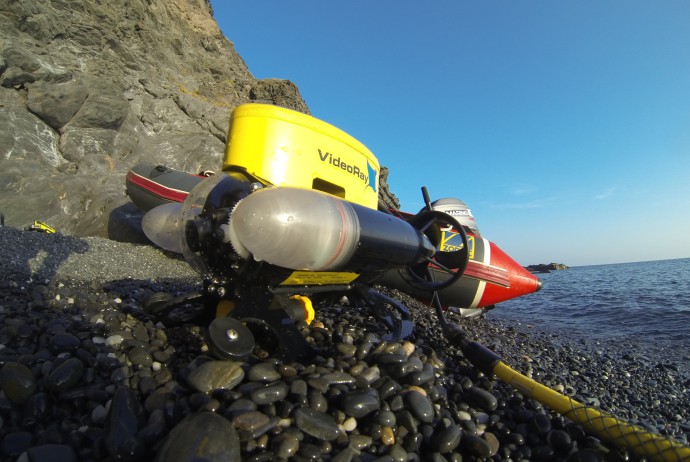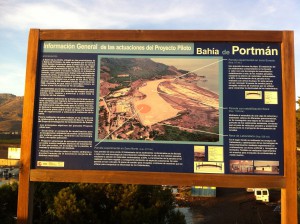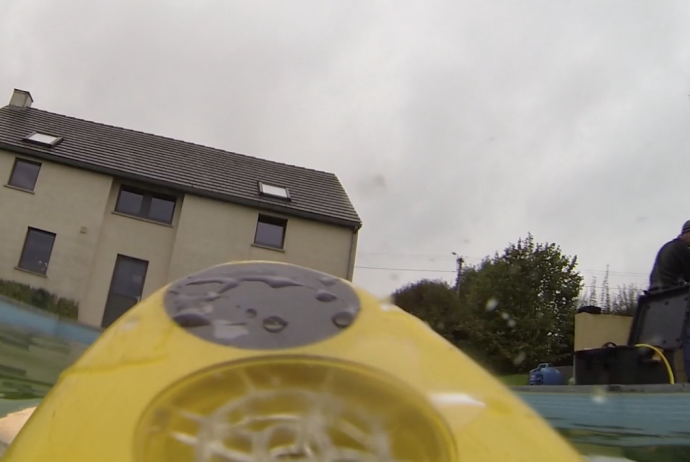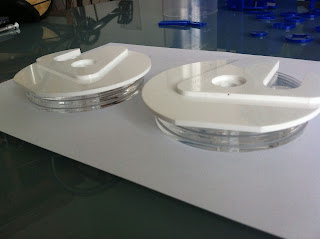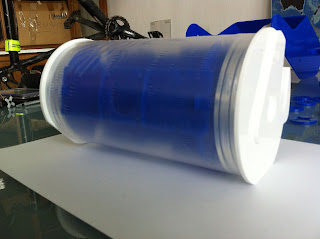This gallery contains the pictures we extracted from the video transects that we operated in Portman (Spain, 2013). Each picture is a support for a Bay’ species cartography work.
Please Do not hesitate to contact me for any question/doubt about our identifications or to notice any specie you could identify on the pictures
From 17/10/2013 to the 24/10/2013 we captured some video transects of shallow benthic habitats encountered within or close to the bay of Portmàn (Murcia, Spain), which is subject to a strong pollution by metallic compounds due to an old mining activity. The following pictures, extracted from these video transects were used to fill species’ distribution files that sould be available for the whole scientific community through an online portail (Link). Thus this post aims to provide a visual support relative to this occurrence file, but is also open for suggestions about identifications that are not already tagged on the pictures and that would increase our data about species distribution. You might see some identifications relative to the class, family or genus. It is relative to individuals that we could not identify to the specie level ( we limit our identifications to the lowest taxonomic rank that we are undoubted about).
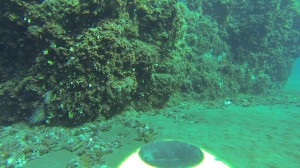
Anemonia viridis
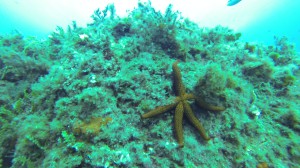
Echinaster sepositus – Halimeda tuna – Padina pavonica


